American Ginseng
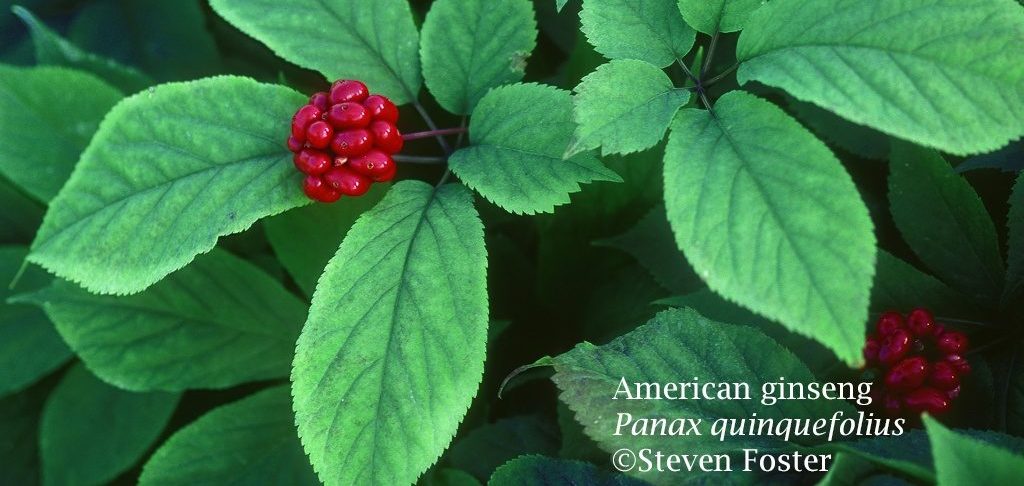
American Ginseng (Panax quinquefolius)
American Ginseng, Panax quinquefolius is one of the best-known American medicinal plants since it was first described over 300 years ago in 1716 by a European immigrant and Jesuit Missionary, Francois Lafitau (1670-1746), in Canada. Since the eighteenth century, most wild-harvested and cultivated supplies of American Ginseng have been exported to Asia.[1]
Photo Gallery by Steven Foster
Click image to enlarge
Ginseng History
Ginseng was one of the five most important medicines among the Seneca, primarily used by the elderly. The Penobscot steeped the root in water, drinking the infusion to increase fertility of women. The Menominee used the root as a tonic and to strengthen mental powers. The Ojibwe followed the ethical practice of harvesting the roots only when the red berries were mature, and before they were ready to drop. The whole fruiting tops are planted in the hole from which the roots were dug, thus helping to insure long-term sustainable harvest.[1, 2]
Largely dismissed historically in the West as a medicinal herb, American ginseng entered the Chinese materia medica in 1751, where it has remained as an official herb since.[3] American ginseng is considered a cooling tonic. It is considered good to reduce heat of the respiratory or digestive systems and so consumers subtropical and tropical regions of Asia to use it both to reduce “heat” in the system, while acting as a general tonic.[4]
Ginseng Sustainability
American ginseng occurs on rich, rocky, shaded, cool slopes in the eastern deciduous forest from Quebec to Manitoba, south to northern Florida, Alabama, and Oklahoma. Once considered frequent in eastern North America, it is now rare, threatened, or endangered depending upon the state or location. This is due to commercial wild-harvesting, habitat loss, and/or rarity at the edge of its natural range.[1] The American ginseng market is notably profitable for harvesters, because of a strong market in Asia where roots are highly valued for wild, rather than cultivated, characteristics. In turn, wild populations of ginseng have been harvested to meet increasing consumer demand for almost three centuries [5].
As a result of mounting conservation concerns, the international trade of American ginseng is regulated under an international treaty called the Convention on International Trade in Endangered Species (CITES), which controls and monitors its trade “in order to avoid utilization incompatible with its survival.” Harvest and commerce are jointly regulated by state agencies, the U.S. Fish and Wildlife Service, and the United States Department of Agriculture.[1]
Aside from regulation, several other efforts are underway to conserve American ginseng. When a ginseng root is harvested, the plant is killed. This makes sustainable stewardship and forest farming practices critical for the plant’s preservation. Recent studies have found medicinal benefits in ginseng leaf, as well as the root, and several companies have started to purchase ginseng leaf as a more sustainable source. In addition, a small network of forest farmers are cultivating ginseng under United Plant Saver’s Forest Grown Verification program.[5] As a slow growing perennial, it will take time to build up a sustainably supply of ginseng and other forest botanicals, but efforts are underway with forest farming programs like the Appalachian Harvest Herb Hub.
Ginseng Uses
Foster and Jim Duke write in the Peterson Guide to Medicinal Plants and Herbs that the “Root [is] considered demulcent, tonic, adaptogenic. Research suggests it may increase mental efficiency and physical performance and aid in adapting to high or low temperatures and stress (when taken over an extended period). Ginseng’s effect is called “adaptogenic”—tending to return the body to normal while increasing resistance to adverse influences on the body.”[6]
Ginseng Processing
This short SHP video follows forest grown ginseng through primary processing at Appalachian Sustainable Harvest’s Herb Hub.
Cultivating and Harvesting Ginseng
Produced by ABFCC, these videos focus on ginseng. The first outlines different techniques for cultivating ginseng and the second describes the steps to sustainably harvest American ginseng.
Dig Deeper
More has been written about ginseng than almost any other medicinal plant native to the United States. Some places to begin to dig more deeply into this rich history include the following. This list is by no means an exhaustive list!
- See American Ginseng UpS At-Risk Page for an overview of the conservation status of ginseng.
- Steven Foster’s article, “Toward an Understanding of Ginseng Adulteration: The Tangled Web of Names, History, Trade, and Perception,” published in Herbalgram 111 (2016) is the best place to begin diving more deeply into the history and trade of this iconic medicinal plants.
- UpS has organized a number of symposium and conferences focusing on the ginseng trade and conservation status. For more information, see the proceedings from the Future of Ginseng and Forest Botanicals held July 12-14, 2017.
- Growing and Marketing Ginseng, Goldenseal and other Woodland Medicinals by Jeanine David and W. Scott Persons.
References
[1] Foster S. American Ginseng Panax quinquefolius. 2nd. ed. Botanical Series. Austin, TX: American Botanical Council. 1996;308.
[2] Moerman D. Native American Ethnobotany. Portland, OR: Timber Press. 1998.
[3] Upton R, ed. American Ginseng Root Panax quinquefolius L. Standards of Analysis, Quality Control, and Therapeutics. Scotts Valley, CA: American Herbal Pharmacopeia and Therapeutic Compendium. 2012.
[4] Hsu,P. Why Chinese Prefer American Ginseng and How They Use it. In Hensley DL, Alexander S, Roberts CR. eds. Proceedings of the First National Ginseng Conference. Lexington, KY: Governor’s Council on Agriculture. 1979;104-106.
[5] “Investing in Forests and Communities: A Pathway to a Sustainable Supply of Forest Herbs in the Eastern UnitedStates,” by Holly Chittum, Eric Burkhart, John Munsell and Steven Kruger. HerbalGram (2019; 124:60-76).
[6] Foster S, Duke JA. Peterson Field Guide to Medicinal Plants and Herbs: Eastern and Central North America. 3rd ed. New York: Houghton Mifflin, Co. 2014;75-76.

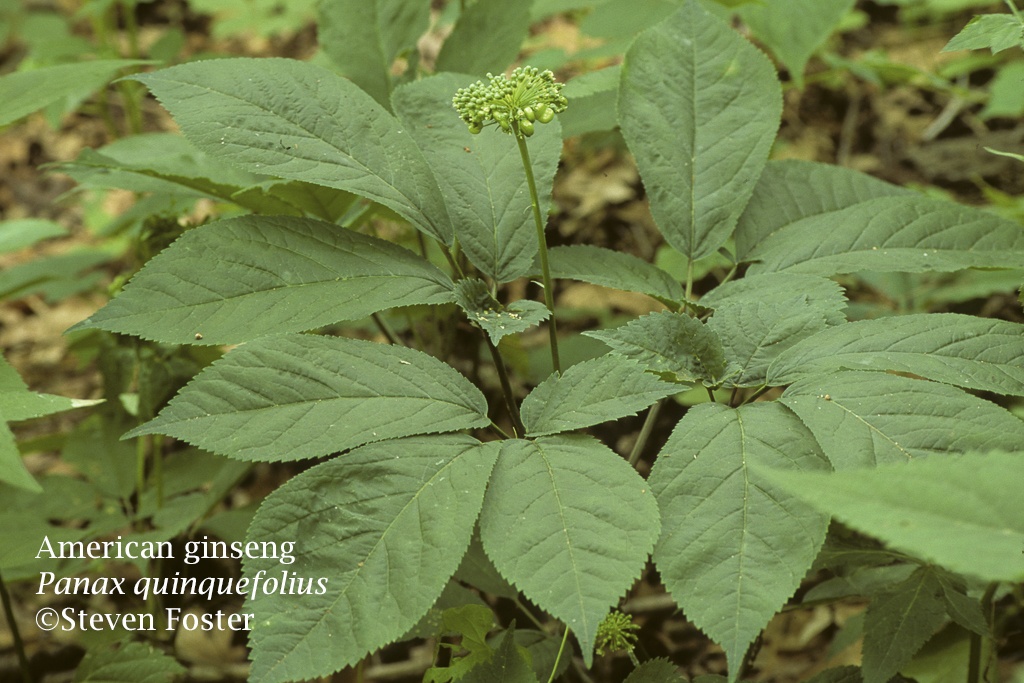
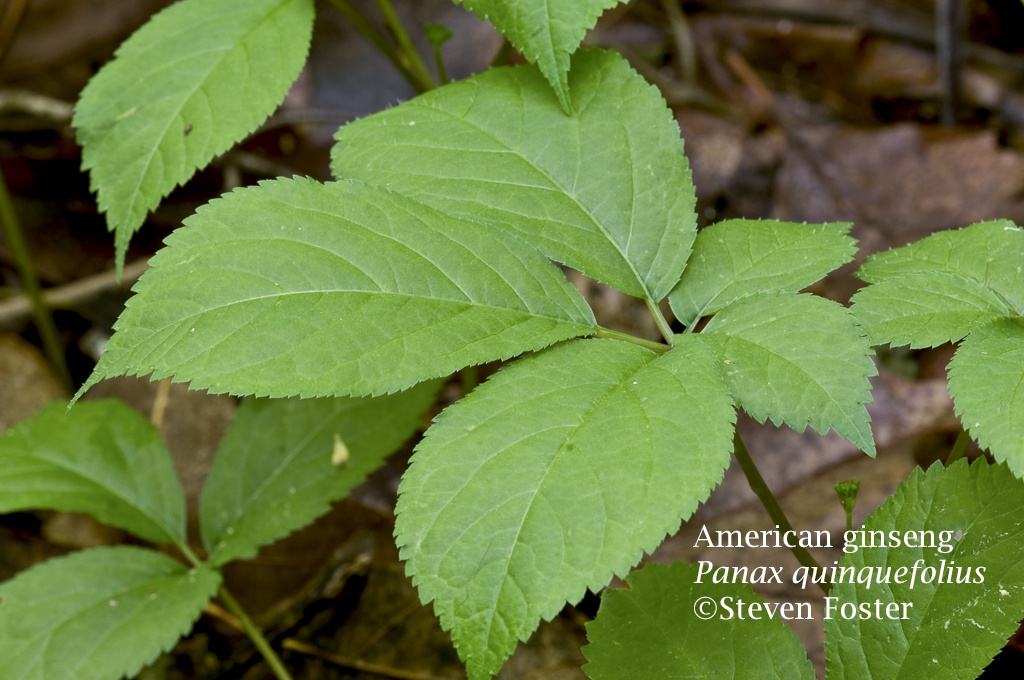
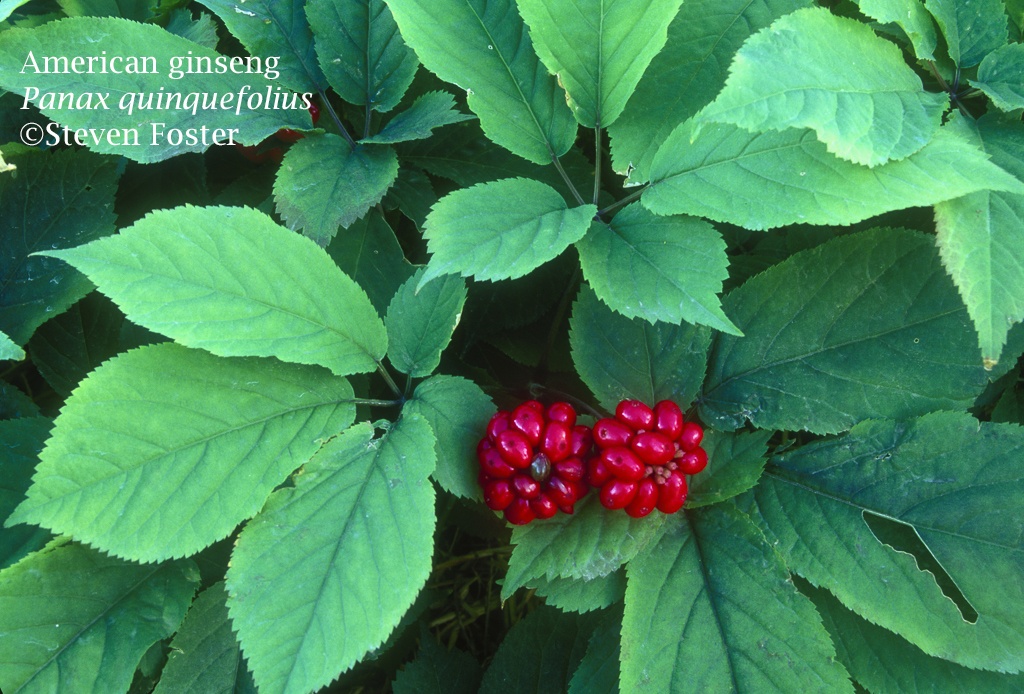

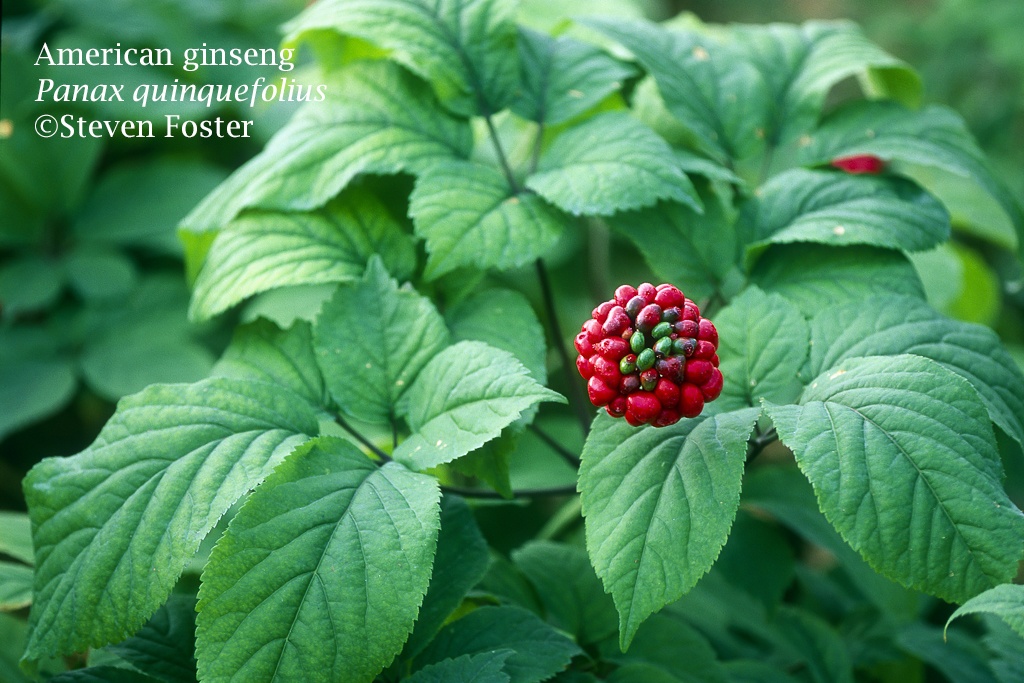
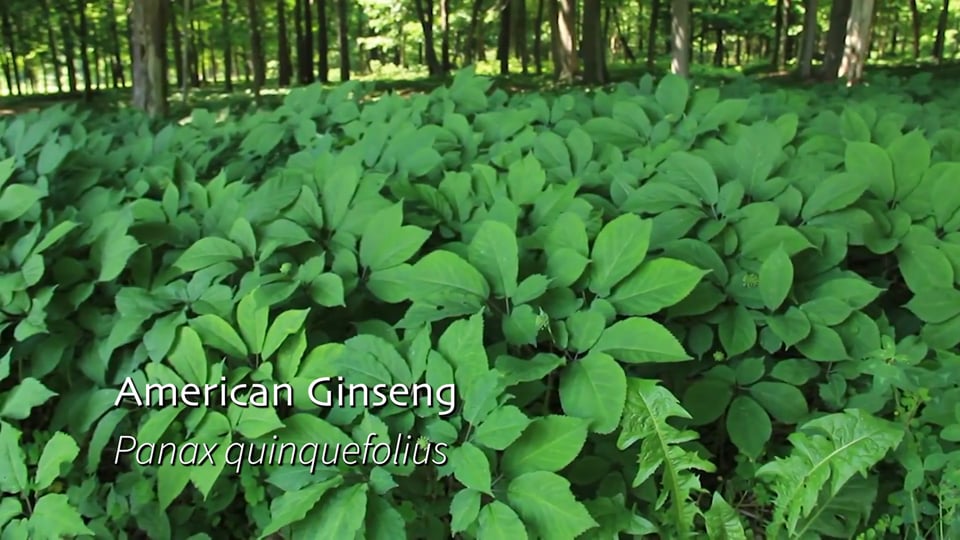
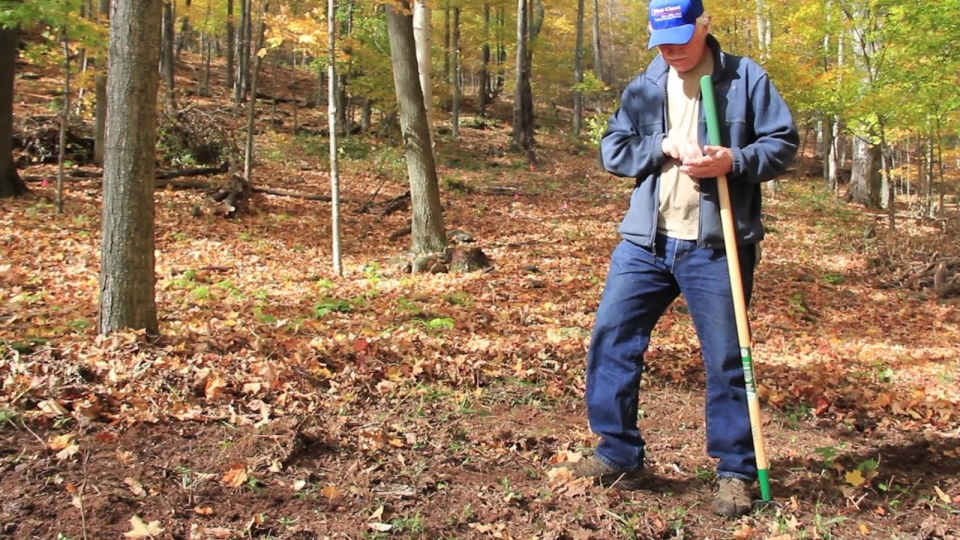
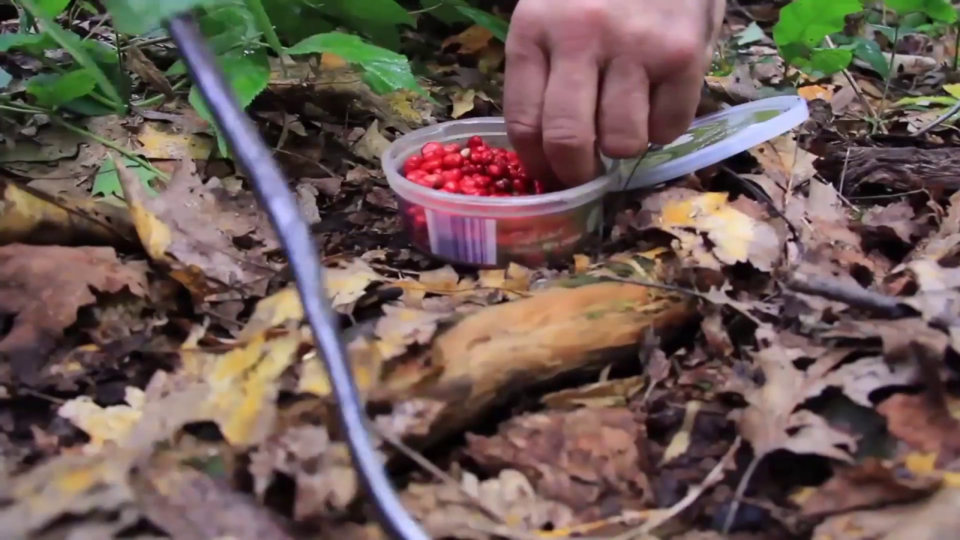
Comments